What is pornography addiction? It’s a compulsive behavior where a person repeatedly views porn despite harmful consequences to their mental health, relationships, and overall well-being. While porn use isn’t inherently harmful, addiction to it can spiral into emotional isolation, distorted thinking, and loss of control.
Understanding Pornography Addiction
Porn addiction—also called compulsive sexual behavior or problematic porn use—is not officially classified in the DSM-5. However, it shares key traits with other behavioral addictions, like loss of control, escalation, and continued use despite negative impact.
At its core, pornography addiction is about the compulsive need to seek out increasingly stimulating sexual content, often as a way to escape emotional discomfort or boredom.
How Porn Affects the Brain
Like other high-stimulation behaviors, porn consumption spikes dopamine in the brain’s reward system. Over time, this can:
- Desensitize reward receptors (you need more to feel the same)
- Create tolerance (you seek more extreme or novel content)
- Weaken impulse control and increase craving
The cycle mimics other behavioral addictions such as gambling or gaming, making porn one of the most accessible forms of reward addiction.
Link: Dopamine Addiction
Signs of Porn Addiction
- Watching porn despite wanting to stop
- Escalating time spent viewing porn
- Neglecting responsibilities, relationships, or sleep
- Losing interest in real-life sex or intimacy
- Feeling guilt, shame, or anxiety after use
Why It Becomes Addictive
1. Accessibility
Porn is available 24/7 on any device. The endless novelty (especially on tube sites) creates a constant stream of dopamine hits.
2. Escalation
What starts as occasional use can shift into extreme genres or longer sessions just to feel aroused.
3. Emotional Escape
Many use porn to avoid feelings like stress, loneliness, boredom, or depression.
Effects on Mental Health
- Depression: Numbness and low self-worth post-use
- Anxiety: Fear of being discovered, inability to stop
- Brain fog: Difficulty focusing, especially after long binges
- Isolation: Withdrawing from real social or romantic engagement
Impact on Relationships
- Emotional distance or secrecy
- Sexual performance issues (e.g., porn-induced ED)
- Loss of desire for real intimacy
- Broken trust if use is hidden or excessive
Porn Addiction in Teens and Young Adults
Younger users are especially vulnerable:
- Their brains are still developing reward pathways
- Early exposure distorts views of intimacy and consent
- May lead to long-term issues with self-esteem and relationships
Link: Child Psychology
Porn Addiction vs. Healthy Use
| Behavior | Healthy Use | Addiction |
|---|---|---|
| Frequency | Occasional, intentional | Daily or multiple times a day |
| Control | Can stop easily | Feels out of control |
| Impact on life | No negative consequences | Hurts work, school, or relationships |
| Content consumption | Stable or mild | Escalates to extreme material |
How to Stop Watching Porn: Practical Steps
1. Acknowledge the Problem
Denial is the first obstacle. If porn is disrupting your life, it’s time to get honest.
2. Track Your Triggers
When do you feel the urge? Boredom, stress, loneliness? Identifying these is key.
3. Install Barriers
- Use website blockers (e.g., Cold Turkey, Freedom)
- Turn off incognito mode
- Limit screen time before bed
4. Replace the Habit
- Physical activity (running, gym, yoga)
- Mindfulness practices
- Hobbies and creative outlets
5. Join Support Communities
- NoFap, Reboot Nation, or Reddit’s r/pornfree offer peer support
6. Seek Professional Help
Therapists who specialize in behavioral addictions or sex therapy can help break the cycle.
Link: Mental Health Support
Long-Term Recovery Strategies
- Daily check-ins: Use journals or apps to track progress
- Accountability partners: Someone you can be honest with
- Therapy: Ongoing CBT or group therapy
- Goal setting: Rebuild confidence through consistent wins
- Limit digital stimuli: Dopamine overload fuels relapse
Is Porn Addiction Real?
Though not officially recognized as a standalone disorder in the DSM-5, the American Psychological Association acknowledges its legitimacy under compulsive behaviors. And the World Health Organization classifies compulsive sexual behavior disorder in the ICD-11.
The damage to relationships, self-esteem, and mental health is well-documented—and treatable.
Link: Behavioral Addictions
Final Thoughts: You’re Not Alone, and You Can Recover
Pornography addiction is increasingly common in a digital-first world. But it doesn’t have to define you. With the right support and strategies, you can take back control—rebuild your focus, reconnect with others, and live on your own terms.
References
- World Health Organization (WHO): https://www.who.int/publications/i/item/9789240026643
- American Psychological Association (APA): https://www.apa.org/topics/addiction
- National Institute on Drug Abuse (NIDA): https://nida.nih.gov/publications/research-reports/common-comorbidities-with-substance-use-disorders/behavioral-addictions
